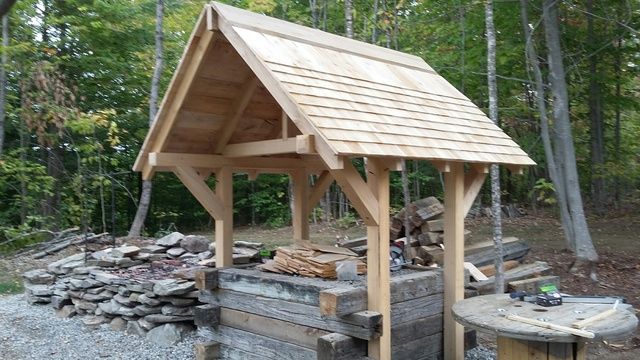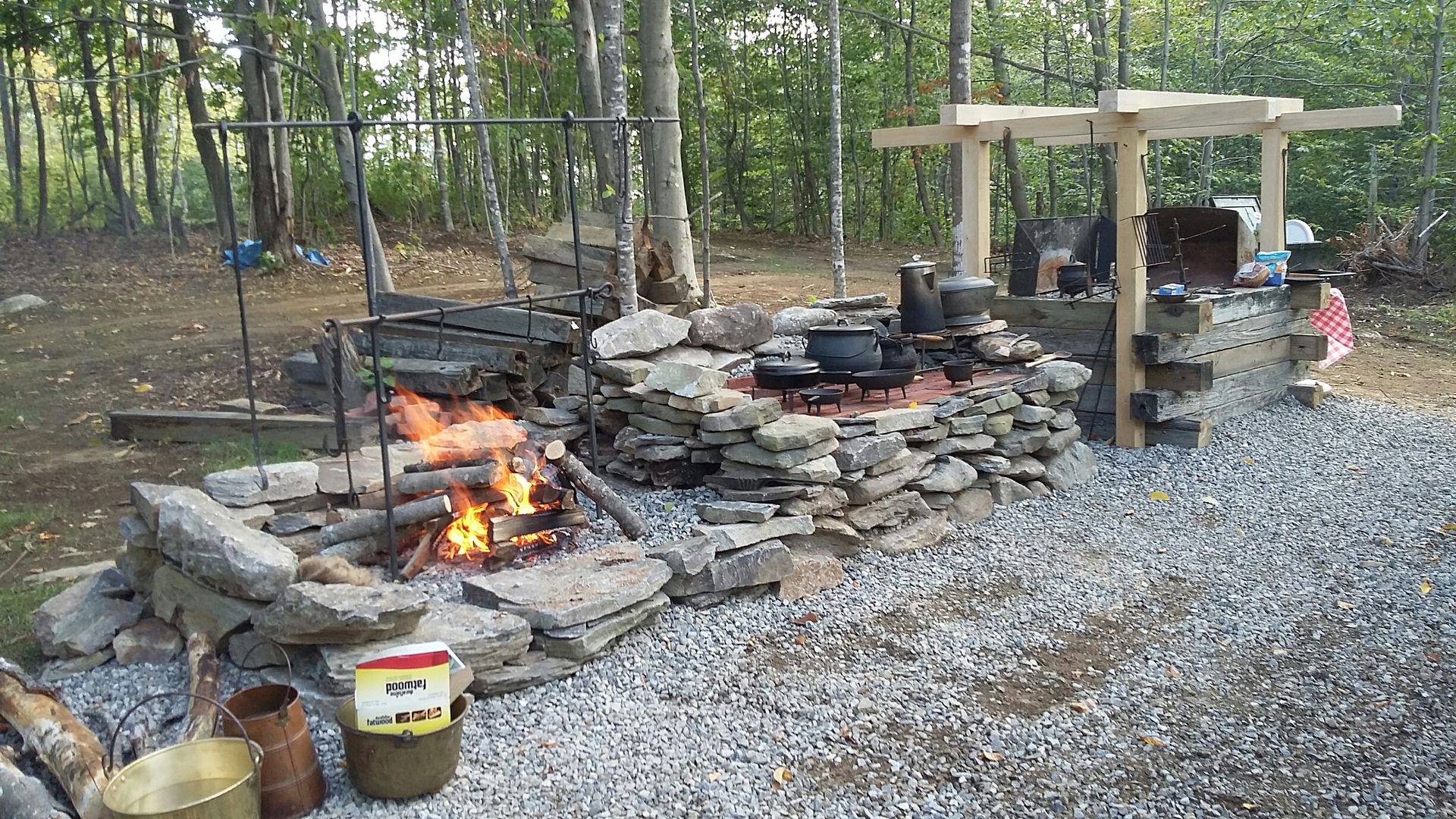I cleared about a acre of back country. Downs slope from a camping area. Been busy since... putting in a elevated fire pit and raised hearth. Built a base and enclosure for a Cob oven. Wanted to use this as a combination demo site and test kitchen for original receipts. Backbreaking work and it makes you ponder how hard it was to scratch out a life from raw land....
Hats off to the original settlers, who had to improve their 5 acres in five years.
Hats off to the original settlers, who had to improve their 5 acres in five years.







